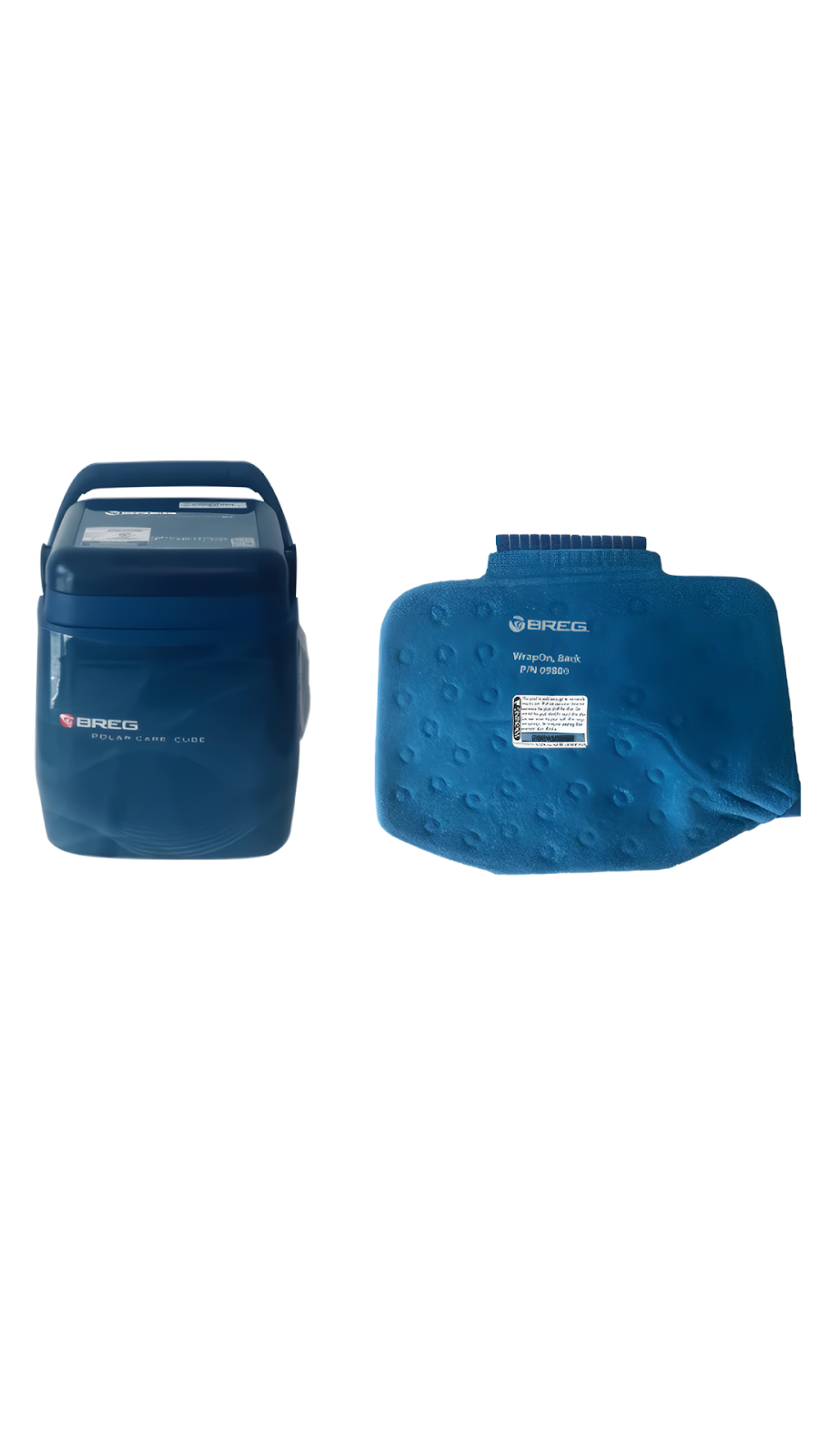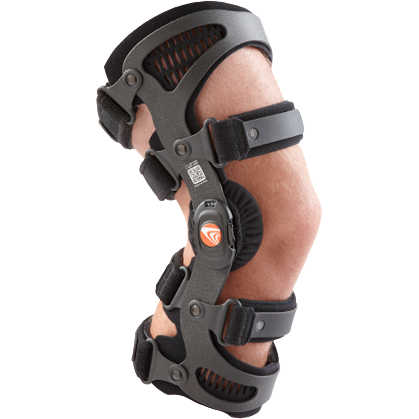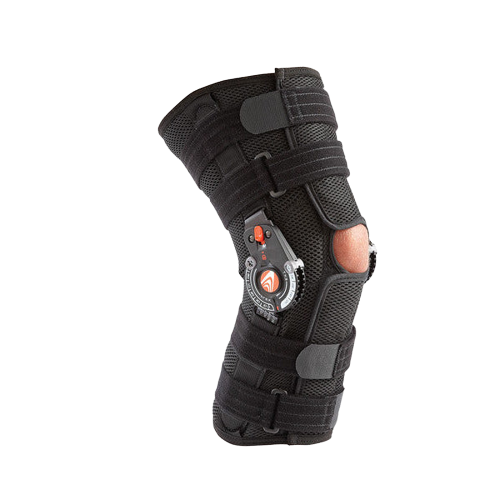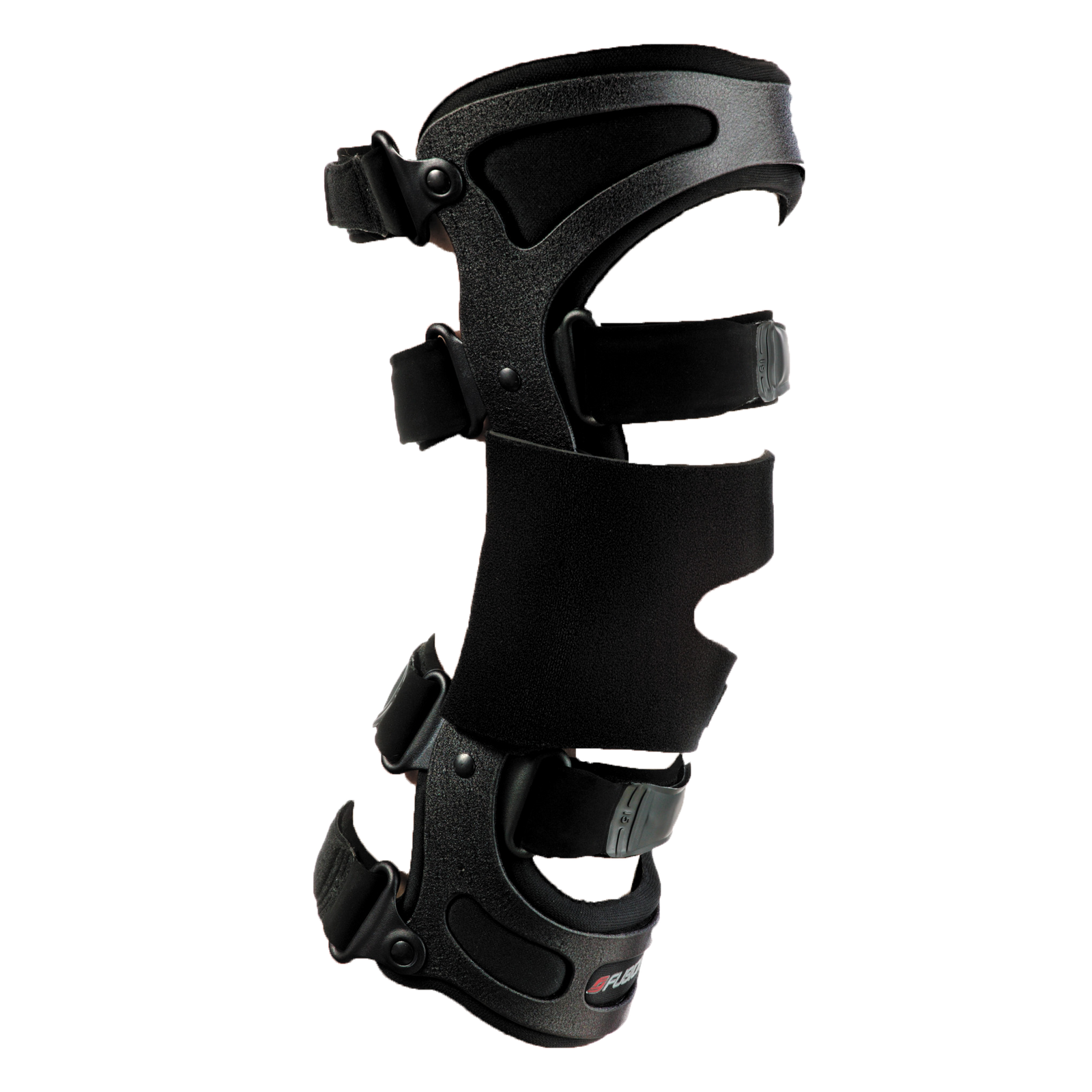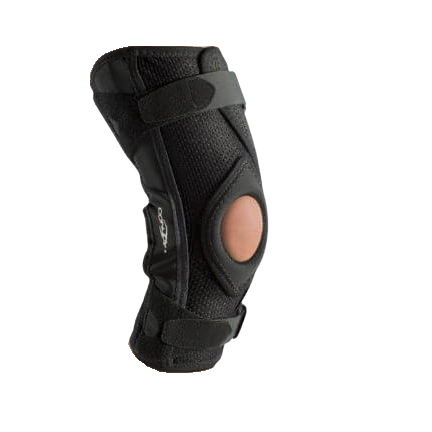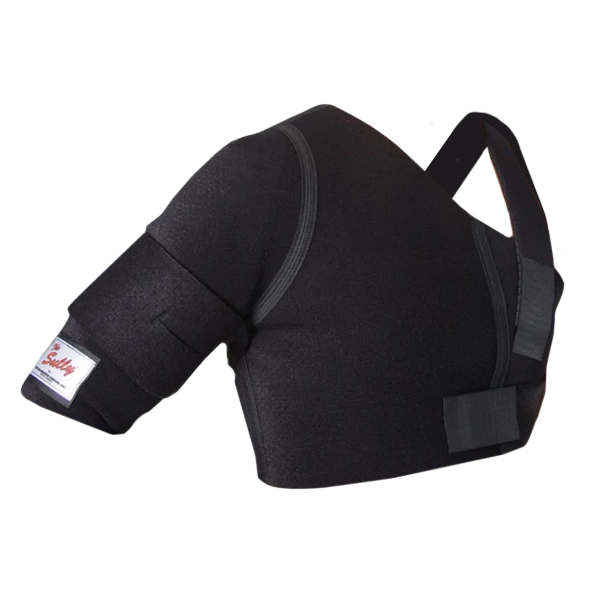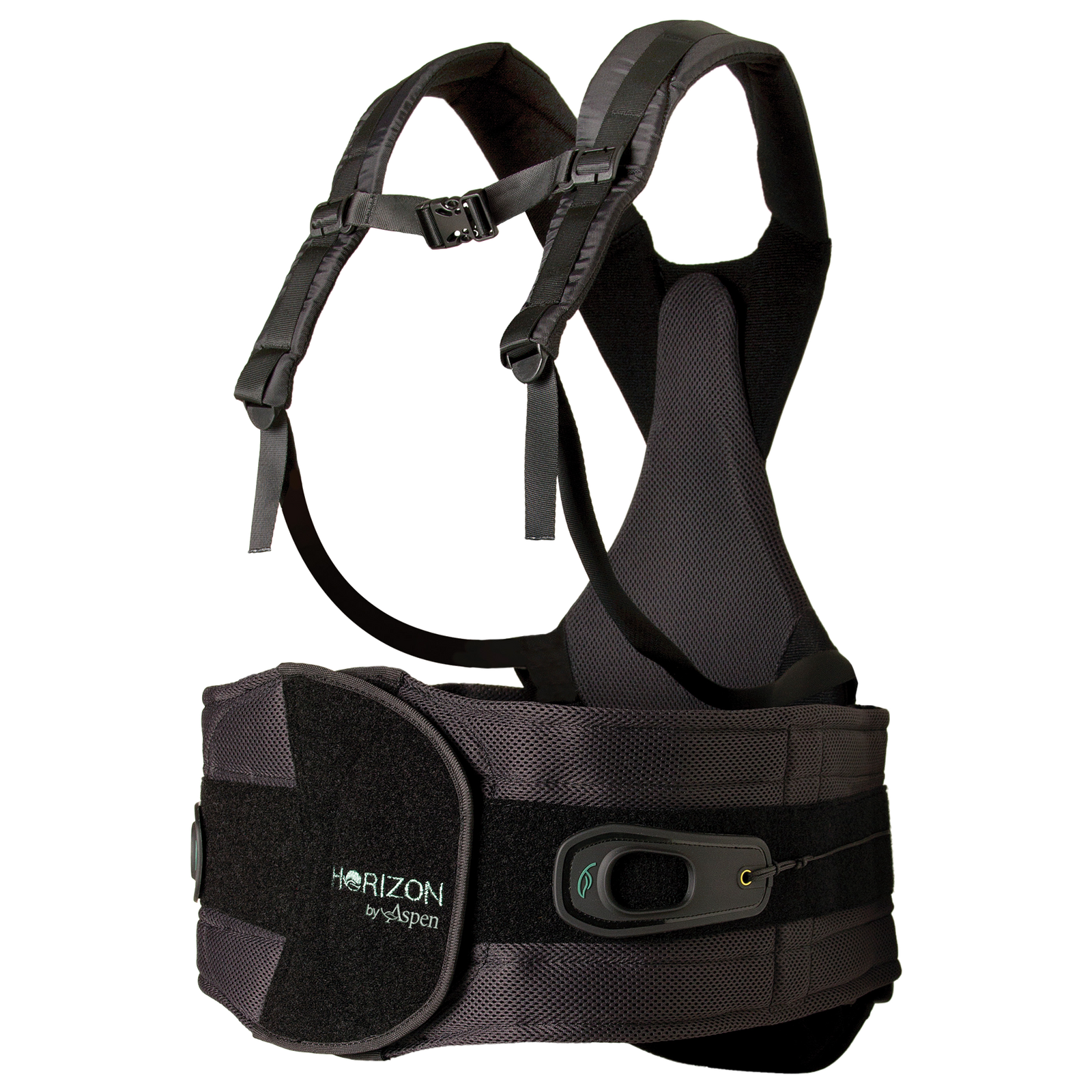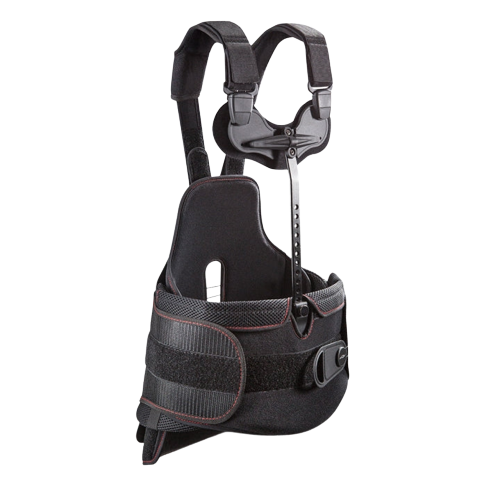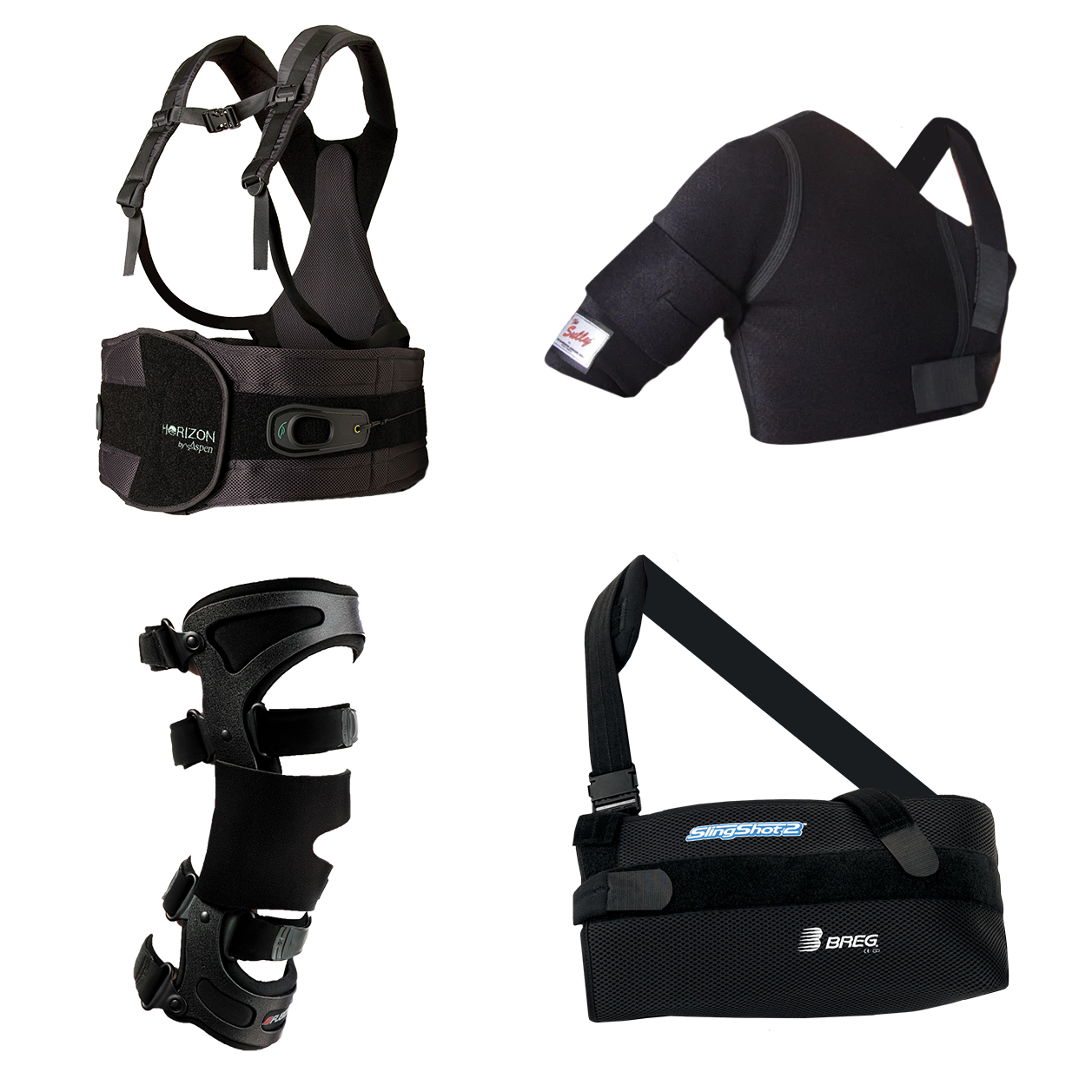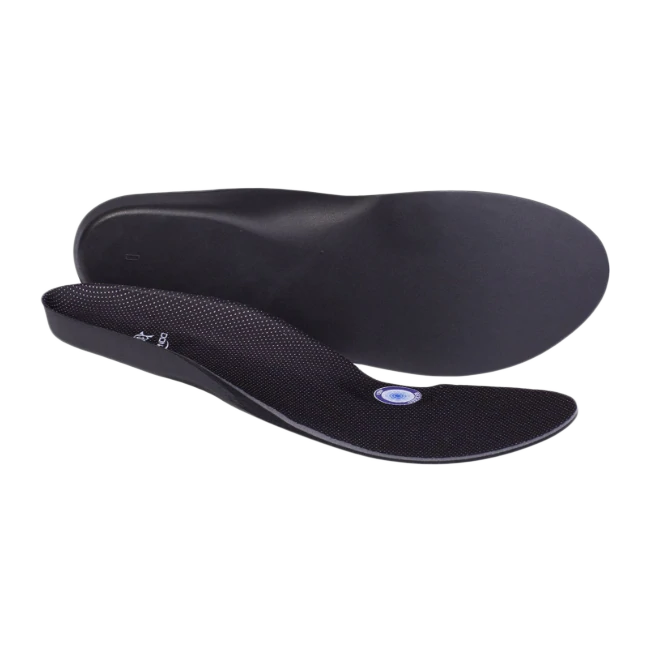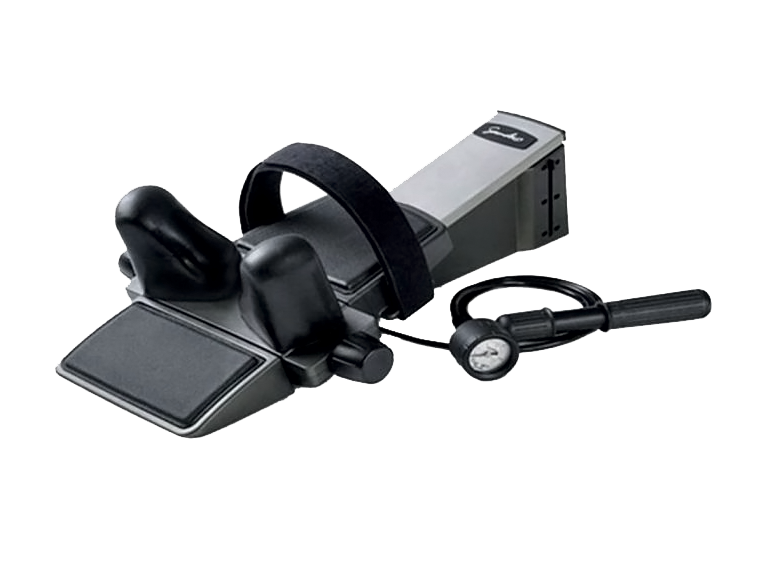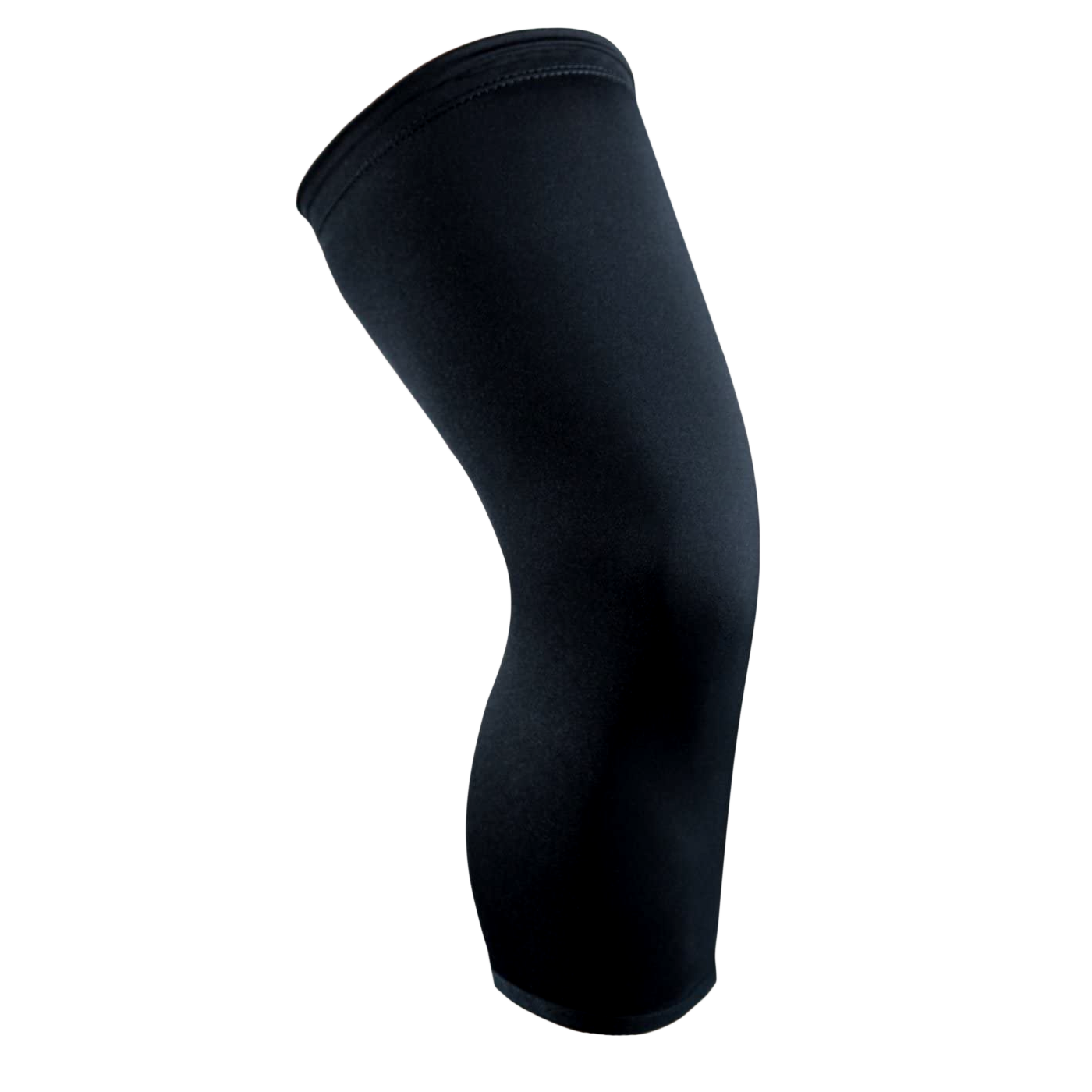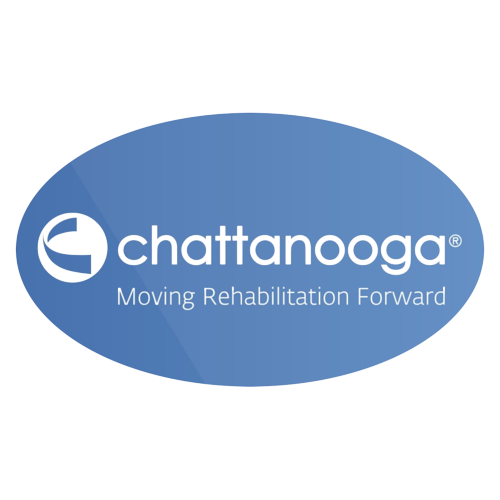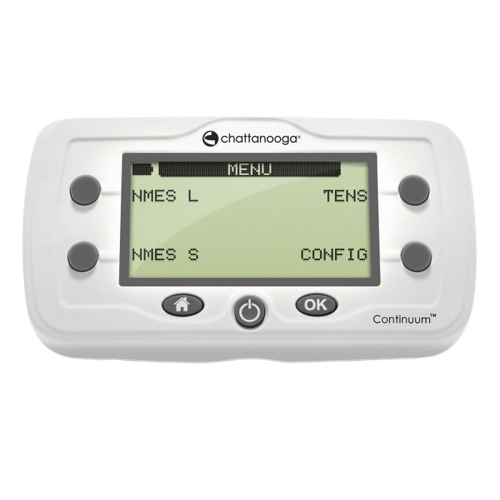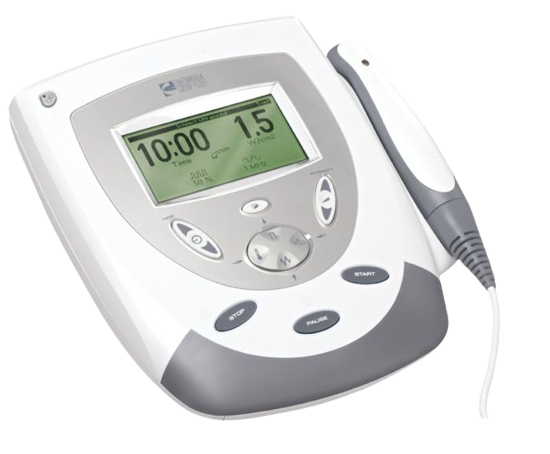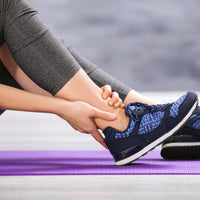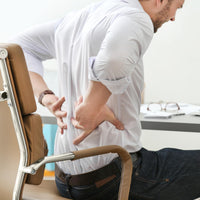
Key Takeaways:
- Structured ACL Rehab Exercises are Essential: A targeted rehabilitation plan is critical for restoring knee strength, stability, and flexibility after ACL surgery, helping prevent reinjury, and promoting long-term knee health.
- Phased Recovery is Key for Safe Progress: Following a phased approach—beginning with low-impact exercises and advancing to sport-specific drills—ensures a safe, effective recovery tailored to each stage of healing.
- Professional Guidance Accelerates Recovery: Working with a healthcare provider for personalized exercises can prevent setbacks and help track progress, leading to a smoother recovery journey.
At OrthoBracing, we’re dedicated to supporting you through every step of your recovery journey. With top-quality braces and expert resources, we’re here to help you regain strength, stability, and confidence as you work toward your goals, whether on the field or in daily life.
An ACL injury can be life-altering, bringing both physical pain and emotional challenges. The desire to return to your favorite activities, combined with the fear of reinjury, can make the path to recovery feel overwhelming and uncertain.
In this article, we’ll guide you through the most effective ACL rehab exercises to relieve pain, restore function, and help you confidently return to an active lifestyle. You’ll find step-by-step instructions and valuable insights to support you in building a stronger, more resilient knee. Let’s take control of your recovery journey together!
Why ACL Rehab Exercises Are Crucial For Effective Knee Recovery
Recovery from anterior cruciate ligament (ACL) surgery requires not just time and patience but also a targeted approach to rehabilitation. ACL rehab exercises are designed to restore strength, flexibility, and stability to the knee, which are crucial for an effective recovery. Understanding the significance of these exercises can help individuals undergoing recovery to stay motivated and committed to their rehabilitation program.
Building Strength And Stability
After ACL surgery, the muscles around the knee, particularly the quadriceps and hamstrings, often weaken due to inactivity and the surgical procedure itself. ACL rehab exercises focus on gradually rebuilding the strength of these muscles. Strengthening these areas supports the knee joint and improves its stability, which is vital for preventing future injuries and ensuring a return to pre-injury activities and sports performance.
Restoring Range Of Motion
ACL injuries and subsequent surgery can significantly impact the knee's range of motion. Without a comprehensive rehab program that includes specific exercises, individuals might find it challenging to fully extend or bend their knee, affecting their gait and their ability to perform everyday tasks. Exercises that enhance flexibility and gently stretch the knee joint are critical for restoring its full range of motion, an essential component of the recovery journey.
Enhancing Coordination And Balance
Regaining coordination and balance is another vital aspect of ACL rehab. These exercises not only help refine motor skills but also reinforce the connection between the brain and the muscles, which is often disrupted following an injury or surgery. Improving balance reduces the risk of falls, which is particularly important in the initial stages of recovery when the knee is still vulnerable.
Promoting Circulation And Reducing Swelling
Effective ACL rehab exercises also significantly promote blood circulation to the knee, which is crucial for healing. Enhanced circulation helps reduce swelling, a common post-surgery issue, and delivers nutrients to the injured site, accelerating the healing process.
Preparing For A Return To Daily Activities
The ultimate goal of incorporating ACL rehab exercises into the recovery plan is to prepare individuals for a return to their daily activities, sports, and exercise routines. These exercises are tailored to ensure that the knee can withstand various stresses, from walking and climbing stairs to more vigorous activities like running and jumping, without experiencing pain or instability.
Best ACL Rehab Exercises To Restore Strength And Stability
After an ACL injury, the journey to recovery requires patience, perseverance, and the right approach to rehabilitation. Integrating specific exercises into your recovery regimen can significantly enhance strength and stability, ensuring a safer and more efficient return to everyday activities and sports. Here are some of the most effective ACL rehab exercises to incorporate into your recovery plan:
Quad Sets
Quad sets are beginner-friendly exercises to strengthen the thigh muscles without putting strain on your ACL. To perform a quad set:
- Sit with your leg extended in front of you.
- Tighten the muscle at the fr
- Repeat 10-15 times for 2-3 sets.
Straight Leg Raises
This exercise reinforces your quads and hip flexors, which are crucial for knee stability.
- Lie on your back, one knee bent, foot flat on the ground, and the other leg straight.
- Tighten your quadriceps on your straight leg and then raise it to the height of your opposite knee.
- Hold the position for 3 seconds, then slowly lower your leg.
- Aim for 10-15 repetitions for 2-3 sets.
Hamstring Curls
Strengthening your hamstrings is critical following an ACL injury, as they support knee stabilization.
- Lie on your stomach with both legs straight.
- Slowly bring your heel towards your buttock by bending your knee.
- Hold briefly, then return to the starting position.
- Complete 10-15 reps for 2-3 sets, increasing resistance as you progress.
Heel Slides
Heel slides are pivotal for restoring knee flexion and mobility.
- Lie on your back with your legs straight.
- Slowly slide the heel of your injured leg towards your glutes by bending your knee.
- Slide back to the starting position.
- Perform 10-15 repetitions for 2-3 sets.
Balancing And Proprioception Drills
Improving balance and proprioception (sense of position) is essential for preventing future injuries.
- Start by balancing on one leg, using a chair or wall for support if needed.
- Progress by closing your eyes or standing on an unstable surface to challenge your balance.
- Aim to balance for 30 seconds to 1 minute, repeating 2-3 times.
Bridging
Bridging exercises target your glutes and hamstrings, supporting your lower back and core.
- Lie on your back with your knees bent and feet flat on the floor.
- Lift your hips towards the ceiling, creating a straight line from your shoulders to your knees.
- Hold for 3-5 seconds, then slowly lower your hips.
- Execute 10-15 reps for 2-3 sets.
Phase-By-Phase Guide To ACL Rehab Workouts
Recovering from ACL (anterior cruciate ligament) surgery is a gradual process that involves several phases. Each phase has specific goals and exercises to restore knee function and strength without compromising the healing ligament. Here, we lay out a phase-by-phase guide to ACL rehab exercises, considering the importance of following a healthcare provider’s guidance for personalized rehab plans.
Phase 1: Early Post-Op (1-2 Weeks After Surgery)
Goals: Reduce swelling, regain range of motion, and protect the graft.
- Quadriceps Sets: Sit with your leg straight in front of you, tighten the thigh muscle of your injured leg, and hold for 5-10 seconds.
- Straight Leg Raises: Lie on your back, tighten the thigh muscle of your operated leg, and lift it about 6 inches off the ground. Hold for 5-10 seconds, and then lower slowly.
- Ankle Pumps: Move your ankle up and down to stimulate blood circulation and reduce swelling.
During this phase, managing pain and swelling is critical. Incorporating cold therapy can be highly beneficial. It's essential to monitor how long each cold therapy session lasts to maximize recovery without overdoing it.
Phase 2: Basic Strengthening (2-6 Weeks After Surgery)
Goals: Improve strength without stressing the graft, begin weight bearing.
- Partial Squats: Stand with your feet shoulder-width apart and slowly squat, not going lower than a 90-degree angle at the knee.
- Hamstring Curls: Lie on your stomach and slowly bring your heel towards your buttocks, keeping your hips on the ground.
- Step-Ups: Using a small step, step up with your operated leg, bring the other foot to meet it, and step down in the reverse order.
Introducing light resistance bands can be beneficial at this stage. Ensure exercises are performed within comfortable limits to prevent strain on the healing ligament.
Phase 3: Advanced Strengthening (6-12 Weeks After Surgery)
Goals: Further improve strength, start agility and functional training.
- Leg Presses: Using a leg press machine, focus on slow, controlled movements without going too deep.
- Lunges: Perform forward or side lunges, focusing on keeping the knee aligned and not extending it past the toes.
- Single Leg Hops: Begin light hopping on the operated leg to improve balance and agility.
This phase should incorporate more dynamic and resistance-based exercises, always respecting the body's limits and pain signals.
Phase 4: Return To Sport (3-6 Months After Surgery)
Goals: Return to pre-injury levels of activity and prevent re-injury.
- Agility Drills: Include zig-zag cuts, ladder drills, and plyometrics tailored to your specific sport.
- Sport-Specific Drills: Gradually reintegrate into sport-specific activities with the guidance of a physical therapist or coach.
- Strength Maintenance: Continue with strength maintenance exercises to ensure ongoing support for the knee.
Important: The timeline for progressing through these phases can vary widely based on individual recovery rates and the specifics of the surgery. Always follow the advice of your healthcare provider and listen to your body, making adjustments as needed.
How Long Does ACL Rehab Take? Exercise Timeline And Expectations
Recovering from ACL (anterior cruciate ligament) surgery is a gradual process, requiring patience, consistency, and the correct rehabilitation exercises to promote healing and regain strength and function in the knee. Understanding the typical timeline for ACL rehab exercises and setting the right expectations can help individuals navigate their recovery journey more effectively.
Initial Stage: 0-2 Weeks Post-Surgery
Immediately after surgery, the focus is reducing swelling, managing pain, and beginning gentle mobility exercises to prevent stiffness. Patients are typically advised to use cold therapy throughout the day, effectively promoting pain relief and reducing inflammation.
Intermediate Stage: 2-6 Weeks Post-Surgery
As pain and swelling decrease, the rehab exercises during this phase aim to restore a greater range of motion and begin gentle strengthening exercises. Physical therapy sessions might include stationary bicycles, leg lifts, and other low-impact exercises that encourage muscle activation without straining the healing ligament. At this stage, the duration and intensity of exercises gradually increase as tolerated, always under the guidance of a healthcare professional.
Advanced Stage: 6 Weeks To 4 Months
The advanced stage focuses on regaining strength, balance, and more normal functional movements. Exercises become more challenging, incorporating strength training equipment and resistance bands from trusted brands such as Breg and Exos. The goal is to progressively load the knee in a controlled manner to rebuild muscle mass and improve stability.
Late Stage: 4 Months And Beyond
In the late stages of ACL rehab, exercises focus on returning to sport-specific training and activities. This includes agility drills, plyometric exercises, and further strength training tailored to the individual's goals, activity level, and sport. The timeline for this phase can vary greatly among individuals, depending on factors such as pre-injury fitness level, the complexity of the surgery, and adherence to rehab protocols.
Key Factors Affecting Recovery Time:
- Adherence to the Rehabilitation Plan: Consistent and diligent exercise is crucial.
- Individual Healing Rate: Genetic factors and overall health influence healing speed.
- Severity of the Injury: More complex injuries may require longer recovery times.
- Surgical Technique: The surgical method used can impact the healing process.
- Post-Operative Complications: Any complications can delay recovery.
Remember:
- Consult with a Healthcare Professional: Always seek guidance from a qualified healthcare provider to create a personalized rehabilitation plan.
- Listen to Your Body: Avoid pushing yourself too hard and risk reinjury.
- Be Patient: Recovery takes time. Focus on progress, not perfection.
By following a structured rehabilitation program and adhering to expert advice, individuals can recover from ACL injuries and return to their desired activity level.
Tips For Accelerating Your ACL Rehab With Safe, Effective Exercises
Recovering from an ACL injury can be challenging, but integrating safe, effective exercises into your rehabilitation program can significantly accelerate your path to recovery. While embracing an ACL rehab exercise routine, it's essential to ensure that each exercise is performed accurately to avoid any setbacks. Here are some vital tips to enhance your ACL recovery process through judicious exercise.
Start With Low-Impact Exercises
Initiating your rehab with low-impact exercises is critical to minimize stress on your healing ACL. Activities such as swimming, cycling on a stationary bike, and using an elliptical machine can provide a robust cardiovascular workout without putting undue pressure on your knee. Gradually introduce these exercises into your routine based on your comfort and the guidance of your healthcare provider.
Focus On Strength And Flexibility
Building the strength of the muscles around your knee, including the quadriceps, hamstrings, calves, and hip muscles, is essential for supporting and stabilizing the injured joint. Incorporate leg lifts, hamstring curls, and calf raises into your exercise regimen. Likewise, enhancing flexibility through stretching exercises is vital for maintaining the range of motion in your knee joint.
Prioritize Balance And Proprioception
Improved balance and proprioception (awareness of the body's position and movement) are crucial for preventing future injuries and enhancing the knee's stability. Exercises such as a single-leg stand or using a balance board can be highly effective. These activities help retrain the body to control and stabilize the knee dynamically.
Incorporate Functional Exercises
As your recovery progresses, including exercises that mimic daily activities can be particularly beneficial. Squats, step-ups, and lunges promote functional strength and ensure your knee can handle everyday movements. Always ensure these exercises are performed with the correct form to prevent injury.
Listen To Your Body And Be Patient
Patience is a virtue during ACL rehabilitation. Pay close attention to your body's signals and differentiate between normal discomfort and pain, indicating you might be pushing too hard. ACL rehab is a gradual process, and trying to accelerate recovery too quickly may lead to setbacks.
Consult Professionals
Working closely with healthcare professionals, including doctors and physical therapists, ensures your exercise program is tailored to your needs and recovery stage. They can provide valuable guidance on adjusting your exercise intensity and safely advancing to more challenging activities.
Utilize Quality Recovery Products
Incorporating high-quality orthopedic surgery recovery products can offer additional support and pain relief during your rehabilitation journey. Brands like AirCast, Breg, Chattanooga, DonJoy, and Exos, offered by specialist providers such as our company, are designed to assist in the recovery process. These products can help you maintain consistency in your exercise regimen by supporting injured areas and effectively managing discomfort.
Tips For Staying Motivated Throughout The Recovery Process
Staying motivated during ACL rehab can be challenging but crucial for a successful recovery. Here are some tips to help you stay on track:
Set Realistic Goals
- Break it Down: Divide your recovery journey into smaller, achievable goals. Celebrate each milestone, no matter how small.
- Visualize Success: Imagine yourself fully recovered, participating in your favorite activities. This positive visualization can boost your motivation.
Find A Support System
- Connect With Others: Share your experiences with friends, family, or online communities who have gone through similar situations.
- Seek Professional Help: A physical therapist can provide guidance, support, and accountability.
Stay Positive And Patient
- Practice Mindfulness: Engage in meditation or yoga to reduce stress and anxiety.
- Embrace the Journey: Remember that recovery takes time. Focus on the progress you've made, not just the end goal.
Reward Yourself
- Celebrate Milestones: When you reach a significant milestone, like completing a specific exercise program or returning to a certain activity, treat yourself to something special.
- Find Hobbies: Explore new interests to keep your mind engaged and distract yourself from the recovery process.
Track Your Progress
- Keep a Journal: Document your workouts, pain levels, and any challenges you face. This can help you track your progress and identify areas for improvement.
- Use Fitness Apps: Track your exercise routines and set reminders to stay on your rehab schedule.
Remember, staying motivated is key to a successful recovery. By implementing these tips, you can overcome challenges and achieve your goals.
Final Thoughts
Navigating the path to recovery after an ACL injury can be challenging, but incorporating the right ACL rehab exercises into your regimen can significantly enhance your healing process. The exercises outlined offer a strategic approach to rebuilding strength, enhancing flexibility, and improving overall knee stability. Remember, consistency and patience are key to a successful recovery.
Integrating quality recovery tools and support into your rehabilitation plan is also crucial. Our company provides an exclusive selection of the highest-quality orthopedic surgery recovery and pain relief brands, including AirCast, Breg, Chattanooga, DonJoy, and Exos. These trusted brands are specifically designed to complement your ACL rehab exercises, ensuring a smoother and quicker road to recovery.
Read also:
- Best Knee Rehab Exercises For Strength And Flexibility
- How To Use An Ice Machine For Knee: Step-By-Step Guide
- What Is Cold Compression Therapy? Benefits For Recovery
Frequently Asked Questions About ACL Rehab Exercises
What is an ACL injury?
An ACL injury refers to a tear or sprain of the anterior cruciate ligament (ACL), one of the major ligaments in your knee. ACL injuries are common in sports that involve sudden stops or changes in direction, jumping, and landing.
How soon after an ACL injury can I start exercising?
The timeline for starting exercises after an ACL injury varies depending on the severity of the injury and whether surgery was performed. Generally, light rehabilitation exercises can begin as soon as your doctor or physical therapist approves, often within a few days to weeks post-injury or surgery, to help promote mobility and strength.
How often should I perform ACL rehab exercises?
The frequency of ACL rehab exercises should be based on recommendations from your healthcare provider or physical therapist. Typically, a structured rehabilitation program might involve exercises 3 to 5 times a week, with modifications based on your recovery progress.
Are there any exercises I should avoid with an ACL injury?
Yes, certain activities should be avoided, especially those that put excessive strain on the ACL. These can include deep squats, jumping, and high-impact sports. Your physical therapist will give you a list of exercises to avoid during your recovery period.
What signs indicate that I am pushing too hard during ACL rehab?
Signs that you may be overexerting include increased swelling or pain in the knee, decreased range of motion after exercising, and any sensation of instability in the knee. Listening to your body and communicating with your healthcare provider is key to safely progressing through your rehab exercises.
Can I still participate in sports during ACL rehab?
Participation in sports should be on hold until your healthcare provider or physical therapist gives the green light. This is typically when you have regained sufficient strength, stability, and range of motion in your knee. Returning to sports too soon can increase the risk of re-injury.

